Microbes
-
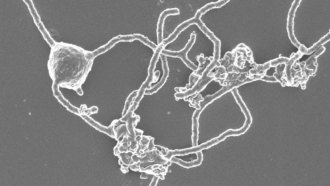 Life
LifeMicrobiologists took 12 years to grow a microbe tied to complex life’s origins
Years of lab work resulted in growing a type of archaea that might help scientists understand one of evolution’s giant leaps toward complexity.
-
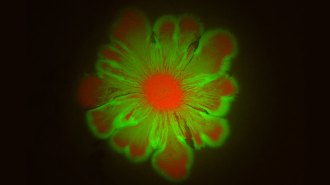 Life
LifeHow bacteria create flower art
Different types of microbes growing in lab dishes can push each other to make floral patterns.
-
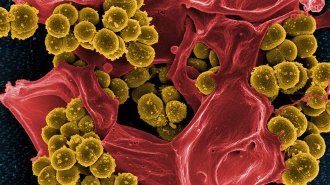 Microbes
MicrobesMicrobes slowed by one drug can rapidly develop resistance to another
Hunkering down in a dormant, tolerant state may make it easier for infectious bacteria to develop resistance to antibiotics.
-
 Health & Medicine
Health & MedicineInjecting a TB vaccine into the blood, not the skin, boosts its effectiveness
Giving a high dose of a tuberculosis vaccine intravenously, instead of under the skin, improved its ability to protect against the disease in monkeys.
By Tara Haelle -
 Microbes
MicrobesAirplane sewage may be helping antibiotic-resistant microbes spread
Along with drug-resistant E. coli, airplane sewage contains a diverse set of genes that let bacteria evade antibiotics.
-
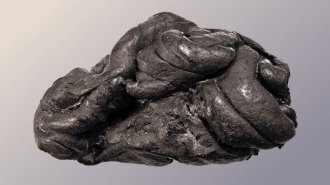 Archaeology
ArchaeologyDNA from 5,700-year-old ‘gum’ shows what one ancient woman may have looked like
From chewed birch pitch, scientists recovered DNA from an ancient woman and her mouth microbes and hazelnut and duck DNA from a meal she’d consumed.
By Sofie Bates -
 Ecosystems
EcosystemsA newly found Atacama Desert soil community survives on sips of fog
Lichens and other fungi and algae unite to form “grit-crust” on the dry soil of Chile’s Atacama Desert and survive on moisture from coastal fog.
By Jack J. Lee -
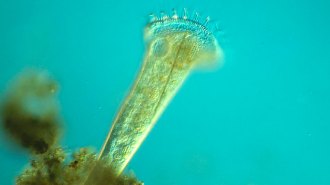 Life
LifeA single-celled protist reacts to threats in surprisingly complex ways
New research validates a century-old experiment that shows single-celled organisms are capable of complex “decision making.”
-
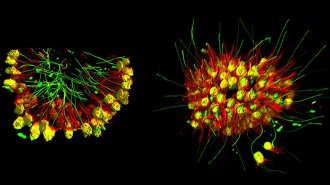 Life
LifeAcrobatic choanoflagellates could help explain how multicellularity evolved
A newfound single-celled microbe species forms groups of multiple individual organisms that change shape in response to light.
-
 Humans
HumansPersonalized diets may be the future of nutrition. But the science isn’t all there yet
How a person responds to food depends on more than the food itself. But what exactly is still a confusing mix of genes, microbes and other factors.
-
 Health & Medicine
Health & Medicine50 years ago, polio was still circulating in the United States
The world has never been closer to eradicating polio, but the disease could come roaring back where vaccination is spotty.
-
 Life
LifeFecal transplants might help make koalas less picky eaters
Poop-transplant pills changed the microbial makeup of koalas’ guts. That could allow the animals to adapt when a favorite type of eucalyptus runs low.